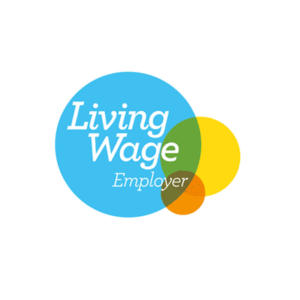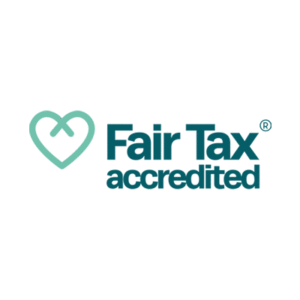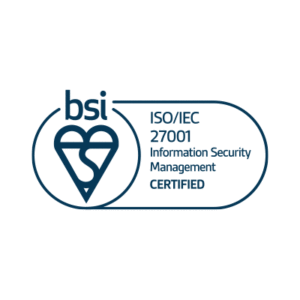Let’s explore the ways in which CRM software automates data entry to save time and increase accuracy for charity staff.
The pressures on charities at the moment are massive. You don’t have time to waste on data entry: but you need the data. Good charity CRM software can reduce the time you spend on admin, freeing up time for your services, fundraising, and the many other things on your todo list.
Some of these tips might seem quite small, but it’s amazing how quickly small improvements add up.
For example, reducing your data entry time by 2 minutes, for a typical organisation adding around a dozen records a day – that’s two hours saved every week.
Don’t keep typing it in
Only enter data once. It sounds obvious but many of the charities we work with have accumulated multiple sets of data. Each member of staff has their own spreadsheets, there’s a Mailchimp audience or two, some shared folders, and maybe even a filing cabinet with paper forms in it.
A single system that can support all your services means that you only have to type it once. When someone updates their phone number, say, your whole team has access to it. So it’s more likely to be accurate, too.
If you’re only typing the data in once, you’re only asking the service user once too – which is much better for them.
Don’t type it in at all
Many of us are completely happy with online forms. Setting up referral and registration forms online means you don’t have to type it in at all, and should mean it’s more accurate (no handwriting to decipher).
Of course there are still plenty of situations where paper is still necessary, but the more you can reduce it, the better for your time and the environment.
Read, don’t type
Some people find dictation is quicker than typing. If you’ve got a quiet spot, can you speak your data, rather than typing it? Longer pieces of text – case notes, for example – might be quicker to have the computer type instead of you. And accuracy is pretty good.
Voice entry can also make your system accessible to people with reduced motor function.
Maybe check if your system allows you to read to it?
Use Templates
Hopefully your system allows you to set up data entry templates that can reduce the amount of data entry by pre-filling some of it. That means you can focus on the important information you need to add, and can help improve the accuracy of the data you’re adding.
Right fields + good design = accurate data
Help your users enter good data quickly by making it easy. Some of this comes down to good design. We focus on:
- Clear labelling with nearby help text if needed
- Using the correct fields for the type of information needed
- Layout that leads the user through the data needed
- Letting you know if something’s wrong promptly
There’s a lot more to good form design and UI design generally. But again, small changes can help a lot.
By automating routine tasks, integrating data from multiple sources, and minimising errors, the right software solution enhances efficiency and accuracy across your organisation. Not only does this save valuable time and resources, but it also ensures that your data remains reliable and up-to-date. Investing in charity software designed to streamline data management will ultimately help your charity operate more effectively and make a greater impact in the communities you serve.
Photo by krakenimages on Unsplash












